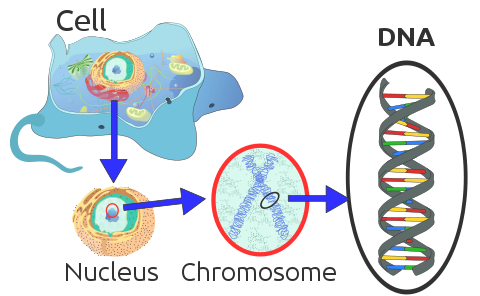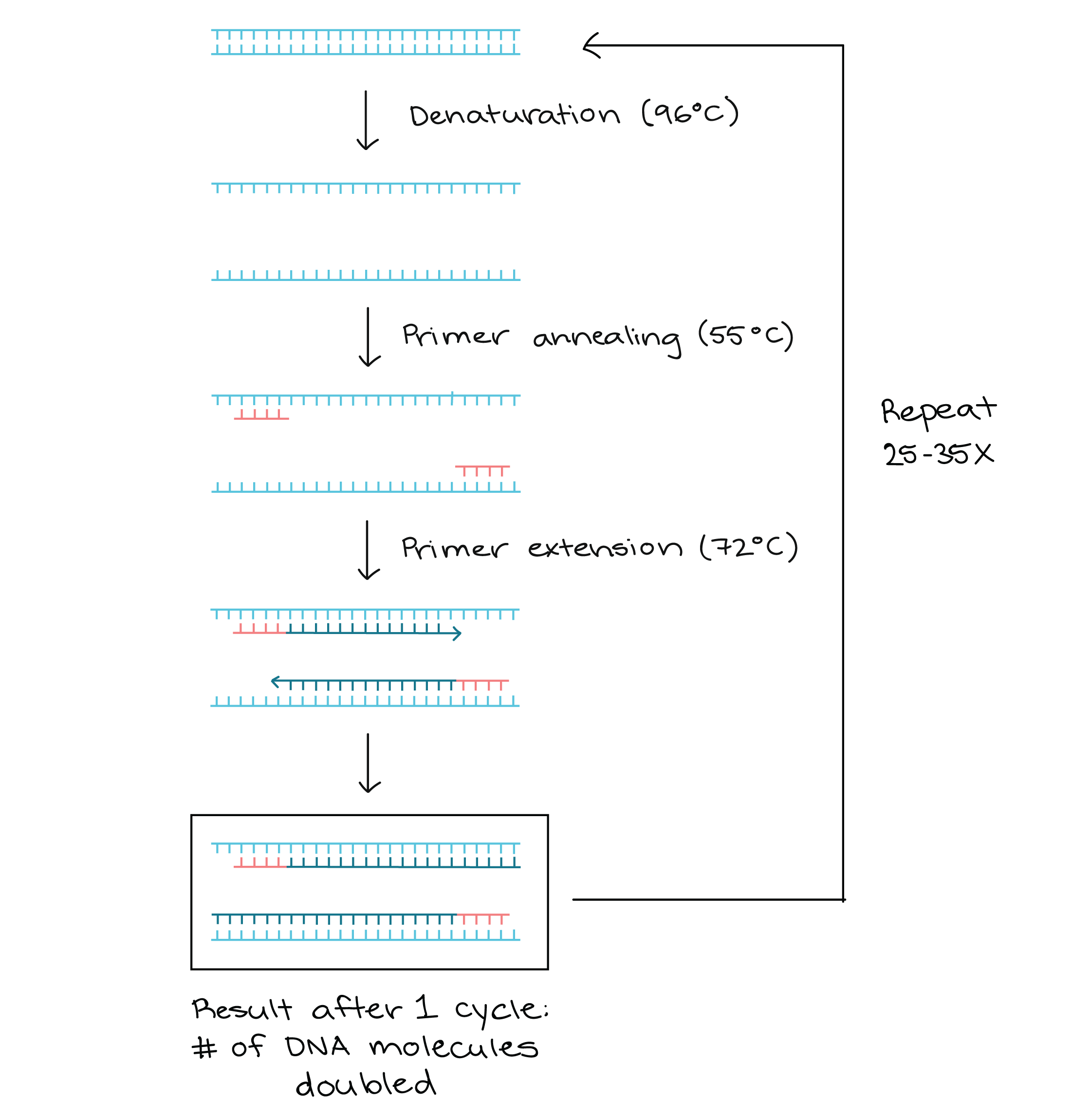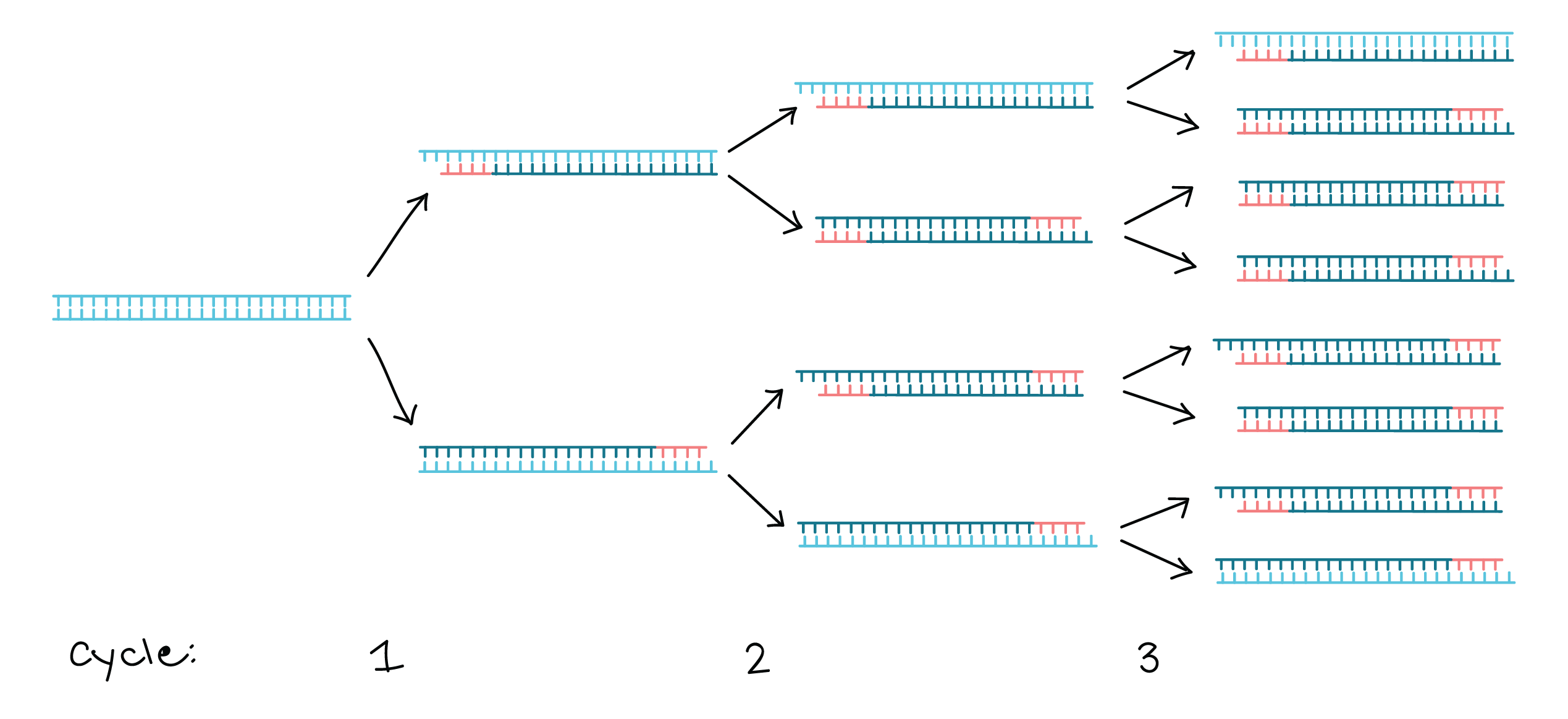CBSE Class 12 Biology Chapter 11 Revision Notes Part 2
Chapter 11: Biotechnology: Principles and Processes Revision Notes Part 2
Biotechnology principles and processes have been used for several thousand years. Historical evidence proves that the Egyptians were first to use these biotechnological processes involving microorganisms as early as the 4th millennium BC, followed by the Chinese and eventually by the whole world. Modern biotechnology, as we see it today, started evolving in the 19th century and gained momentum in the 20th century. Today these biotech processes are finding their applications in genomics, applied immunology, recombinant gene methodologies, pharmaceuticals, bioinformatics, and many more.
Processes of Recombinant DNA Technology
Recombinant DNA technology involves several steps in specific sequence. Lets learn about all these processes in detail.
Isolation of the DNA (the genetic material)- Nucleic acid is the genetic material of all the organisms. In most of the organisms it is found in the form of DNA (Deoxyribonucleic acid). This DNA is what we need for different biotechnological processes. It has to be in the pure form i.e. free from other macromolecules. But it is not easy to isolate the DNA as it is enclosed within the membranes. On breaking the cell to release the DNA, we get other macromolecules such as RNA, proteins, polysaccharides and lipids along with it.
So to isolate it, plants or animal cells are treated with certain enzymes. The RNA is removed by treatment with ribonuclease whereas proteins can be removed by treatment with protease. Other molecules too are removed by appropriate treatments. As a result, a collection of fine threads in the suspension are obtained.
-
Cutting of the DNA at specific location – The pure, isolated DNA is treated with restriction enzymes at optimal conditions and undergoes processes like Agarose gel electrophoresis. The process is repeated with the vector DNA also. After the completion of cutting of DNA, a recombinant DNA is prepared.
-
Amplification of ‘gene of interest’ using PCR – PCR stands for Polymerase chain reaction. This is a process that makes many copies of a gene or other DNA segment. It enables us to make a large number of genes for gene testing. Polymerase chain reaction involves three steps, namely, denaturing, annealing and extension. To make copies of genes in a big quantity, these steps are repeated in a cycle several times.
-
Insertion of Recombinant DNA into the host cell or organism – After generating recombinant DNA, the next step is to introduce it into the suitable host body. The insertion of the recombinant vectors depends on many factors and is done by several different processes like transformation, transfection, Electroporation, Microinjection, Biolistic, etc. Once inserted, it is made sure that it is carried in the progeny.
-
Obtaining the foreign gene product – After cloning the ‘gene of interest’ and optimizing the conditions to induce the expression of the target protein, one has to consider producing it on a large scale. The cells that harbor the cloned genes of interest can be grown in the laboratory. The cultures can be used to extract the desired protein and then purify it using different separation techniques.
-
Downstream Processing – After completing the biosynthetic stage, the product is subjected to a series of processes to make it ready for marketing. These separation and purification steps comprise downstream processing. Strict quality control testing of each product is also done, and the downstream processing and quality control testing for each product is different.
Applications of Recombinant DNA Technology
There are many applications of Recombinant DNA Technology. It has been highly beneficial and has multiple usages in medicine, biotechnology, agriculture, bioengineering, food production, research, etc. Here are a few examples of its application.
- In the field of agriculture, with the help of Recombinant DNA Technology, Bt-cotton is manufactured. It protects the plants against the ball worms.
- The production of Insulin is a classic example of Recombinant DNA technology in the field of medicine.
- To correct the gene defects, which give rise to hereditary diseases, gene therapy is used.
Sources:
Principles and processes https://ncert.nic.in/textbook/pdf/lebo111.pdf Accessed on Dec 22, 2021
]]>


